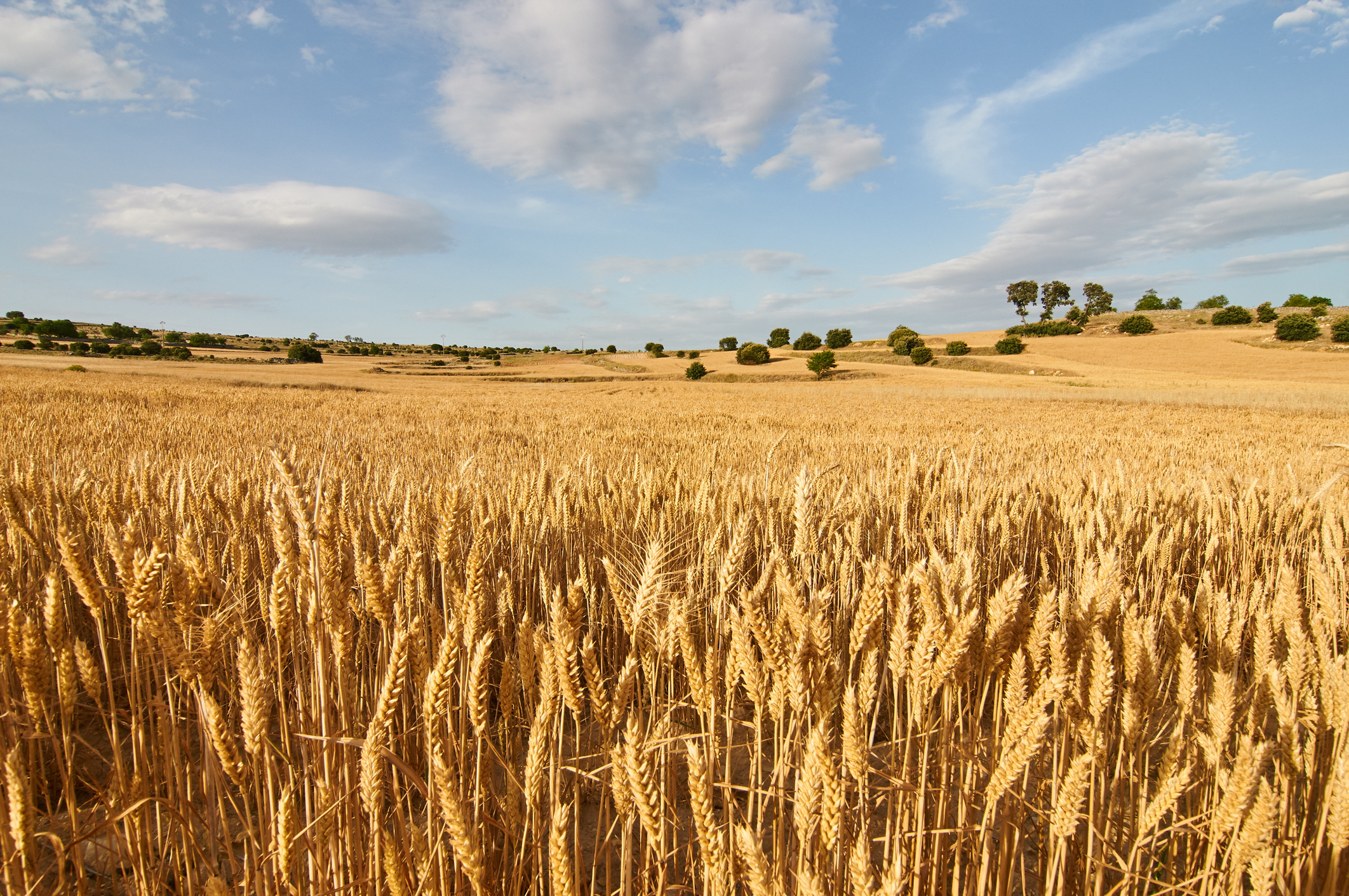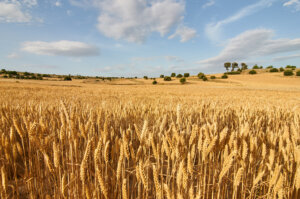World wheat production was estimated by the USDA at 769.31 million tonnes, down from 773.43 million last month. Brazil ranks first in the ranking of agricultural commodity exporters worldwide, with 145.5 million tons exported. Argentina follows third in line, with 98.4 million tons exported.
If the Brazilian climatic conditions remain favorable until harvest, the wheat production has the potential to surpass 7 million tons for 2021 and reach a new record. This forecast exceeds by 1 million the 6.31 million tons expected this year. Last year due to adverse climate conditions, only 5.15 million tons was produced.
So far, no significant threat to the crops have been identified, in terms of climate, pests and diseases. Harvesting starts in August and continues through to September. An expected rise in investment from Brazilian farmers who had a profitable soybean season in the summer and can divert funds into wheat, driving higher yields, will also boost production, which if confirmed, demand for imported wheat will likely weaken next year.
Brazil is one of the world’s largest global importers of the cereal, much of it from Argentina, as it does not produce enough to meet internal demand of around 12.5 million tonnes. A recent tariff-free quota, however, means Brazil can also buy from other suppliers.
The drought that has affected Argentina’s agricultural center and north since June continues to hit the potential yield of 2020/21 wheat, it seems the grain production will not reach the initially estimated 21 million tons. Due to the prolonged shortage of water, there has already been a cut down on the area planted with cereal on two occasions, currently at 6.5 million hectares, compared to the initial 6.8 million.
The grain production for the 2019/20 cycle reached 51.5 million MT, meaning that the industry and the export sector had already acquired 63% of total production this crop season, with a total of 14.6 million mt of 2019/20 corn still available.
The progress of wheat planting has covered 97% of the total estimated area, while at this point last year they had already finished. Regarding the progress in the commercialization of wheat, 86% of the grain was sold for the 2019/20 season and there is only a small margin available for purchase from the industrial and export sectors, the focus of market participants is on the crop to be harvested from next November. In line with recent campaigns, exports have begun to secure the wheat in advance. At the end of July, they had already acquired 19% of the projected 2020/21 production. In July alone, agricultural exports contributed 2.3 billion dollars.
Argentine wheat biotechnology is already demonstrating its potential, after more than 10 years of validation, the HB4 technology in wheat shows strong results. In field trials, varieties with the HB4 gene show better performance under water stress conditions without penalty under normal conditions. Argentina is in a position to make a definitive contribution to food production such as wheat. In the field testing process, carried out in different environments and carried out with the same management that producers use, it was found that wheat with the HB4 gene increases yields in environments with less rainfall. The use of technology is based on several forms, including bio-economy and biotechnology, this has greatly helped the development of agribusiness in the last 20 years.




